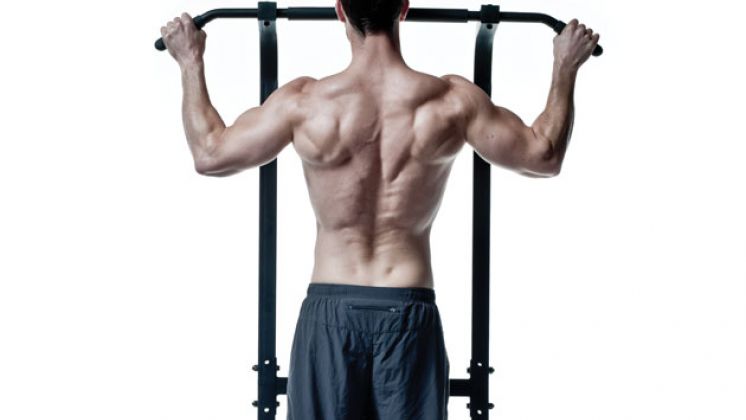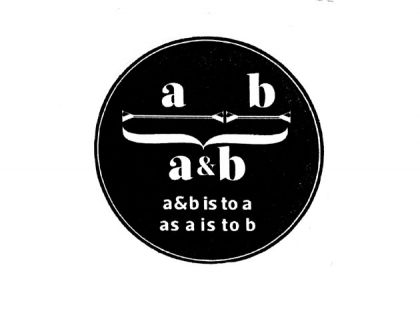Golden ratio body: how to create a classic physique
Building a great body is about more than just muscle. Get the balance right with help from Michelangelo and Superman

If you’re planning to get in shape, the best question to start with is ‘What shape?’ With a specific goal in mind, it’s easier to plan workouts and stay motivated; without one, you’re simply training at random.
Fortunately, the Ancient Greeks have already done the hard work for you by discovering the formula – known as the ‘golden ratio’ – that governs what’s visually appealing to the human eye.
You can see the ratio at work in everything from flower petals and pineapples to classical sculpture and architecture. More importantly, it works on humans too.
A 2007 study published in the Archives Of Sexual Behaviour found that women were more attracted to men whose shoulders and waist conformed to the golden ratio. The best bit? We’ve already done the arithmetic and put together the workouts you need. All you have to do is put in the work.
Step 1: Do the maths
Don’t let the idea of doing algebra put you off – it’s pretty basic. Take two numbers – let’s call them a and b. They fit the golden ratio if a+b divided by a is the same as a divided by b. To put that another way, look at this:

Or to put it another way, 1.6. That’s the approximate ratio of one number to another that makes the formula work. This ratio already exists all over your body – for example, in the distance from your eyes to the top of your head and your chin – but it’s most important in the ratio of your shoulders to your waist, which gives you the classic V-shape associated with superheroes and Spartans.
Ancient statues such as Michelangelo’s David were designed with this ratio in mind and it’s also what old-school bodybuilders modelled their physiques on. The good news is you don’t need to be spot-on: simply put, the closer you get to the golden ratio the better you’ll look.
Get the Coach Newsletter
Sign up for workout ideas, training advice, reviews of the latest gear and more.
Step 2: Crunch the numbers
You can figure out your own ideal proportions in three simple steps. All you need is a tape measure and a calculator.
- Measure your shoulder circumference at its widest point – usually around your shoulders in line with the top of your chest.
- Measure your waist around your abdomen so the bottom of the tape measure touches the top of your hip bones.
- Divide the first figure by the second. That’s how you compare with the golden ratio right now.
Step 3: Subtract fat
To work towards achieving the golden ratio, the first thing to address is reducing your waist measurement. After all, every centimetre of belly fat banished is 1.6cm of shoulder bulk you don’t need to worry about. The trick is to burn fat while working on your V-shape, so running on a treadmill isn’t going to cut it.
‘For fat loss your session needs to comprise supersets of upper- and lower-body exercises to keep you working,’ says Chris Burgess, head personal trainer at the University of Bath. ‘This workout is also designed to help you learn to control your scapula [shoulder blade] regardless of what muscle is working. This will allow for improved activation of the lats and delts, which are key muscles for widening and providing that V-shape.
Even the press-ups should provide a bit of a back pump from the scapula control.’ You should do this workout once a week.
Step four: Add muscle
To sculpt your back to the perfect size, try a V-shape workout once a week. This upper-body session emphasises your shoulders and back for a body shape that will show through a suit. ‘The rep ranges start low and increase to ensure you’re building strength and size,’ says Burgess.
You can’t neglect your lower body, though. It’s home to your biggest muscles, so working it will give you a fat-burning boost and a jolt of shoulder-building testosterone. ‘The idea is to hold heavy stuff in your hands and control your lats and scapulae while you flex and extend your hips,’ says Burgess. ‘The farmer’s walk is a great addition to a V-shape plan – it’s often overlooked but for such a basic exercise it has so many upsides, so it’s worth putting in.’
From 2008 to 2018, Joel worked for Men's Fitness, which predated, and then shared a website with, Coach. Though he spent years running the hills of Bath, he’s since ditched his trainers for a succession of Converse high-tops, since they’re better suited to his love of pulling vans, lifting cars, and hefting logs in a succession of strongman competitions.

